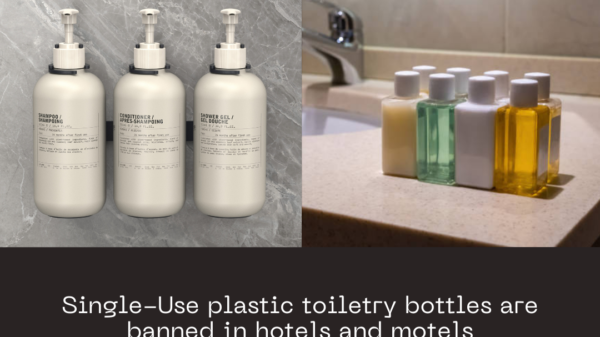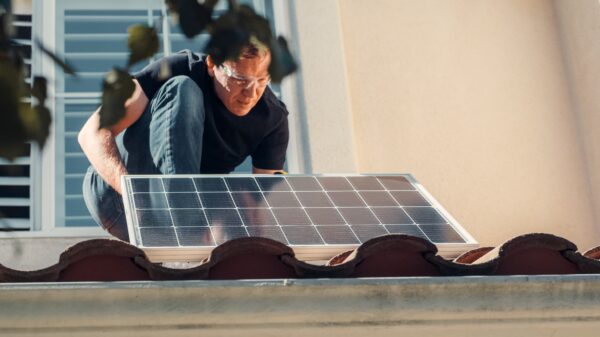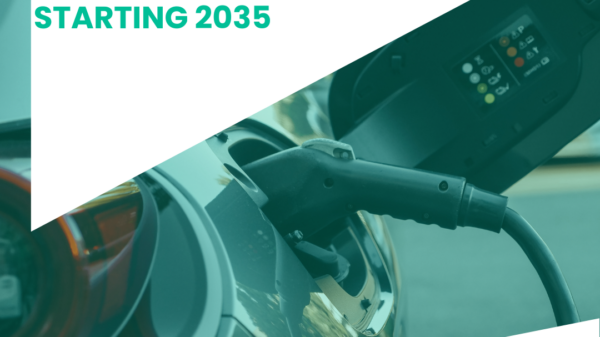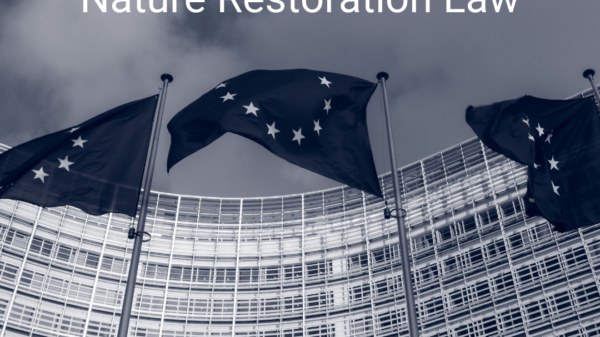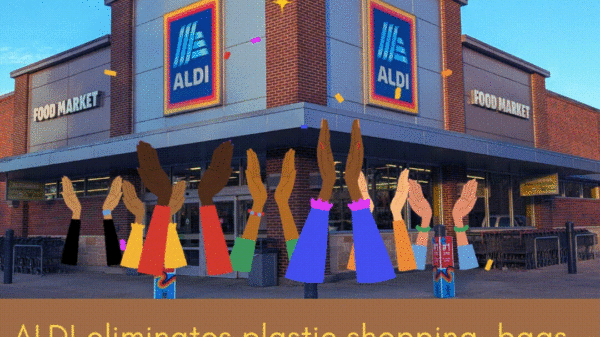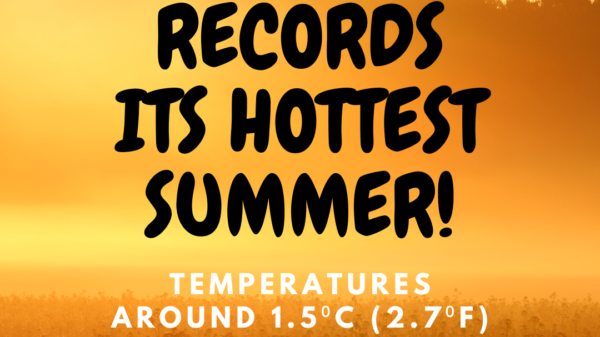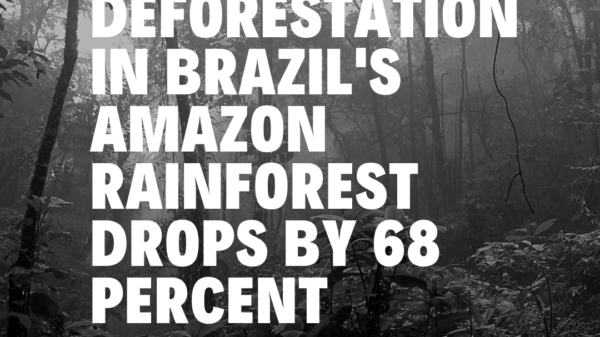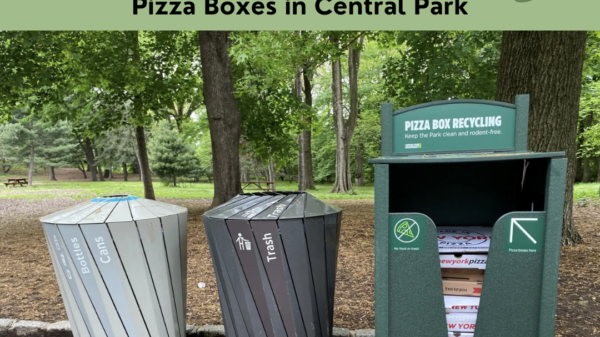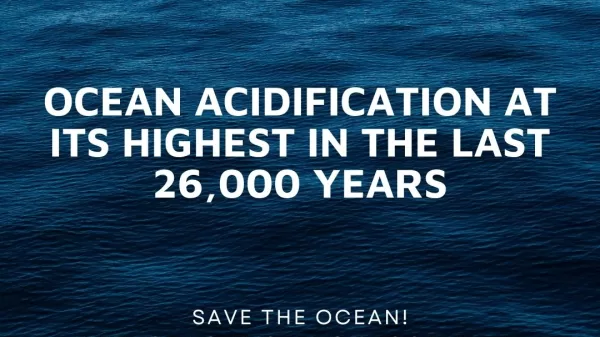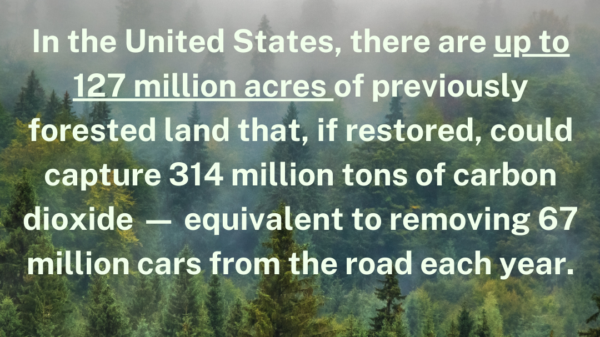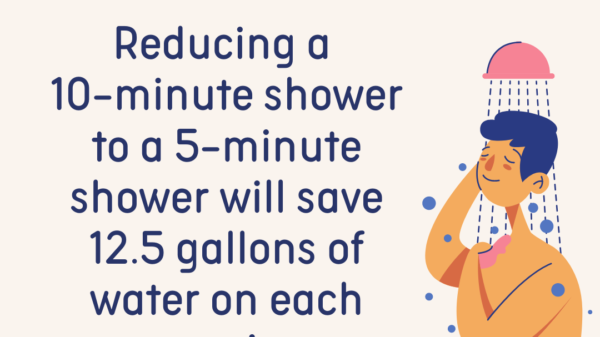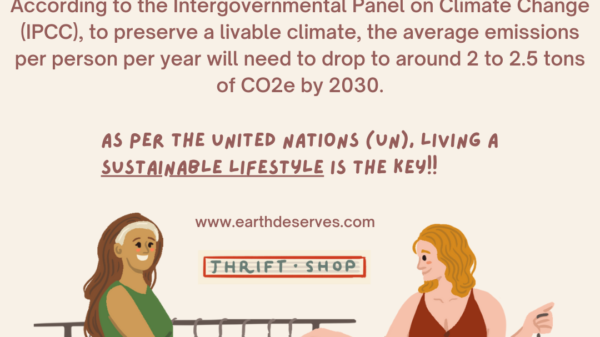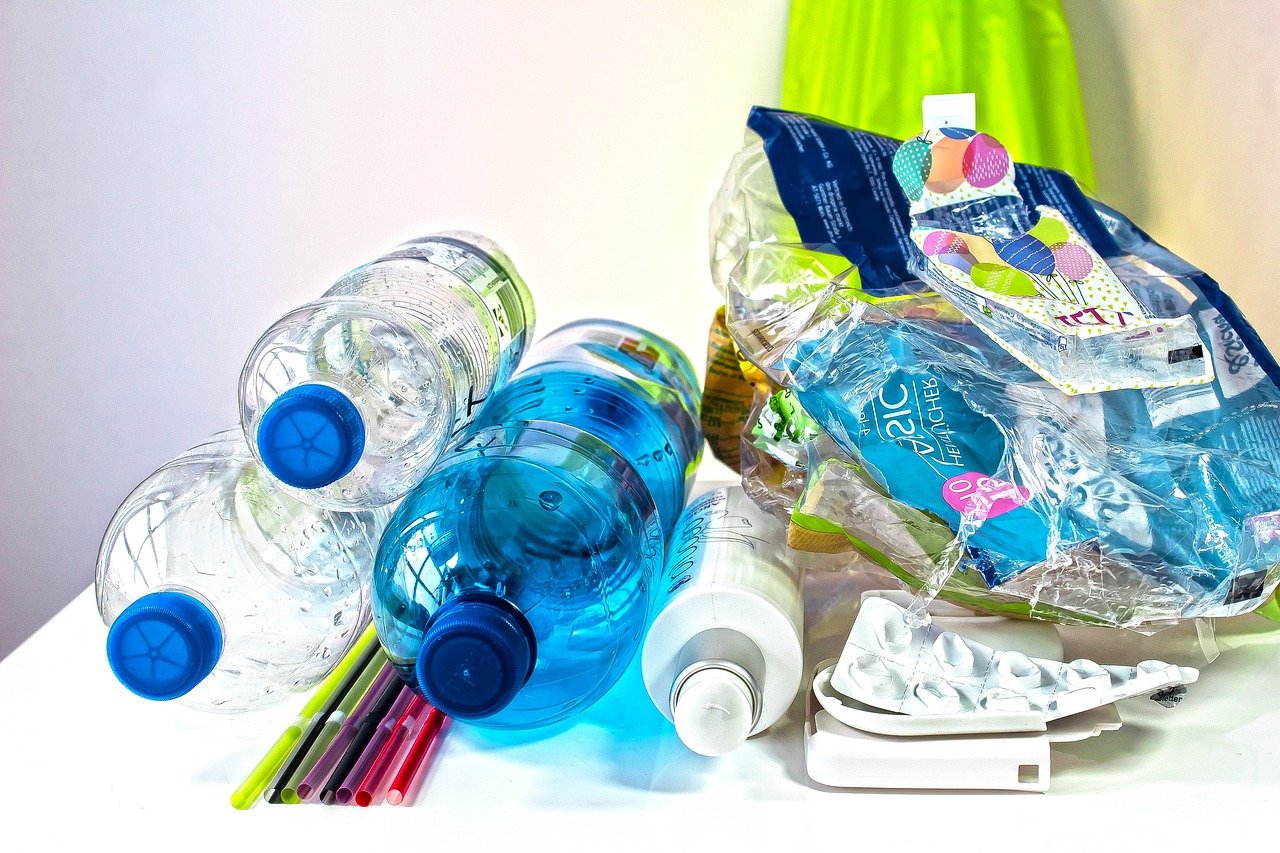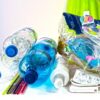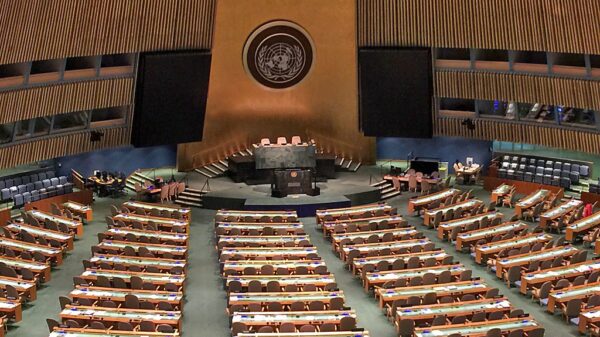How do I recycle plastic? How do I know what type of plastics I can recycle? Where can I recycle them?
This blog will help you understand the eight different types of plastic and which ones are recyclable and where you can recycle them.
When you look around, you can spot many plastic items that we use every day. Take a closer look at each item, you can find a recycling symbol at the bottom, side or top. Typically, they are placed at the bottom. The symbol is a number from 1 to 7 written inside a triangular chasing arrow. These numbers indicate the type of plastic material used for making and the recycle nature of each item. Keep in mind, the symbol does not mean the plastic can be recycled. It shows the information on the possibility of recycling the item.
PLASTIC #1 – Polyethylene Terephthalate (PET or PETE)
 This is the most commonly used plastic, generally light weight, hard and transparent used for bottles (water, beverage, mouthwash bottles, etc.,) food containers (salad dressing, cooking oil, peanut butter, honey, frozen food containers, etc.)
This is the most commonly used plastic, generally light weight, hard and transparent used for bottles (water, beverage, mouthwash bottles, etc.,) food containers (salad dressing, cooking oil, peanut butter, honey, frozen food containers, etc.)
Recycled To – polyester fiber for carpets, fleece jackets, tote bags, containers, comforter fill, sleeping bags, pillows, strapping, film, and sheeting.
Plastic #2 – High-Density Polyethylene (HDPE)
 This is the mostly recycled plastic, generally hard but not transparent used for milk containers, shampoo bottles, household cleaners, pipes, and other building materials. These products are strong and resistant to moisture and chemicals.
This is the mostly recycled plastic, generally hard but not transparent used for milk containers, shampoo bottles, household cleaners, pipes, and other building materials. These products are strong and resistant to moisture and chemicals.
Recycled To – bottles for non-food items, plastic lumber, recycle bins, floor tiles, buckets, pipes, toys, pens, and furniture.
PLASTIC #3 – Polyvinyl Chloride (PVC or Vinyl)
 These products can withstand temperature and can be used in different weather conditions, making it ideal for building and construction materials. It does not conduct electricity, making it ideal to be used as wires and cables. It can be disinfected, making it ideal for medical applications. On the other hand, these plastics leach toxins into the environment, making it dangerous to human health and known to cause cancer. They are the least recyclable plastic. Some examples include plumbing pipes, window frames, shower curtains, credit cards, teething rings, and oxygen masks.
These products can withstand temperature and can be used in different weather conditions, making it ideal for building and construction materials. It does not conduct electricity, making it ideal to be used as wires and cables. It can be disinfected, making it ideal for medical applications. On the other hand, these plastics leach toxins into the environment, making it dangerous to human health and known to cause cancer. They are the least recyclable plastic. Some examples include plumbing pipes, window frames, shower curtains, credit cards, teething rings, and oxygen masks.
Recycled To – Decking, piping, fencing, gutters, traffic cones, packaging, and floor tiles.
PLASTIC #4 – Low-Density Polyethylene (LDPE)
 A soft, flexible, and clear plastic often used as a liner, plastic shopping bags, garbage bags, packaging foam, wraps, drinking cups, trays, and squeezable bottles. Only a small portion of them is recycled.
A soft, flexible, and clear plastic often used as a liner, plastic shopping bags, garbage bags, packaging foam, wraps, drinking cups, trays, and squeezable bottles. Only a small portion of them is recycled.
Recycled To – shipping envelopes, garbage liners, film and sheeting, and furniture.
PLASTIC #5 – Polypropylene (PP)
 One of the most widely used plastics. It is durable, light, heat resistant and sturdy used commonly in food packaging, medicine bottles, kitchenware, plastic bottle tops, and straws. This is also one of the least recycled plastic at a rate less than 1%.
One of the most widely used plastics. It is durable, light, heat resistant and sturdy used commonly in food packaging, medicine bottles, kitchenware, plastic bottle tops, and straws. This is also one of the least recycled plastic at a rate less than 1%.
Recycled To – funnels, shipping pallets, sheeting, trays, bicycle racks, brooms, battery cables, and storage bins.
PLASTIC #6 – Polystyrene (PS or Styrofoam)
 Commonly known as Styrofoam, they are easy to produce at a cheaper price. Their insultation capability helps in food packaging. Like PVC, Styrofoam are known to leach harmful toxic chemicals that can be easily absorbed by food ingested by humans. Also, it breaks easily and harms the marine environment. They are known to have carcinogenic properties.
Commonly known as Styrofoam, they are easy to produce at a cheaper price. Their insultation capability helps in food packaging. Like PVC, Styrofoam are known to leach harmful toxic chemicals that can be easily absorbed by food ingested by humans. Also, it breaks easily and harms the marine environment. They are known to have carcinogenic properties.
They are used as disposable cups, food containers, and egg cartons.
Recycled To – thermal insulation and protective packaging and egg cartons. However, the recycling of these products can be cost and time effective.
PLASTIC #7 – Other
 They are mixed plastics and difficult to recycle. They can be found in water cooler bottles, large plastic containers, sports and medical equipment, and automobile parts.
They are mixed plastics and difficult to recycle. They can be found in water cooler bottles, large plastic containers, sports and medical equipment, and automobile parts.
Plastic # 8 – BIOPLASTIC
Bioplastics are made from a mixture of renewable materials and fossil fuel. Compared to traditional plastics, they are less toxic. However, bioplastics are not a solution but can help to reduce our carbon footprint and plastic pollution.
They are used in packaging, containers, bottles, bags, pipes, 3D printing, phone casings and medical implants. Many bioplastics can be recycled.
To sum it up
Plastics #2, #4, #5 – are relatively safe to use.
Plastics #3, #6, #7 – must be rarely used especially with food and drinks
Plastics #1 – store in a cool environment
Where can I recycle plastics?
Most cities have recycling programs. Some of the cities may charge a fee and some may offer curb recycling for free. Check with your local municipality to find out if plastic materials are accepted into their recycling program and which numbers are accepted and the fees associated.
Earth911 – Maintains a nationwide recycling database. Check https://search.earth911.com/




